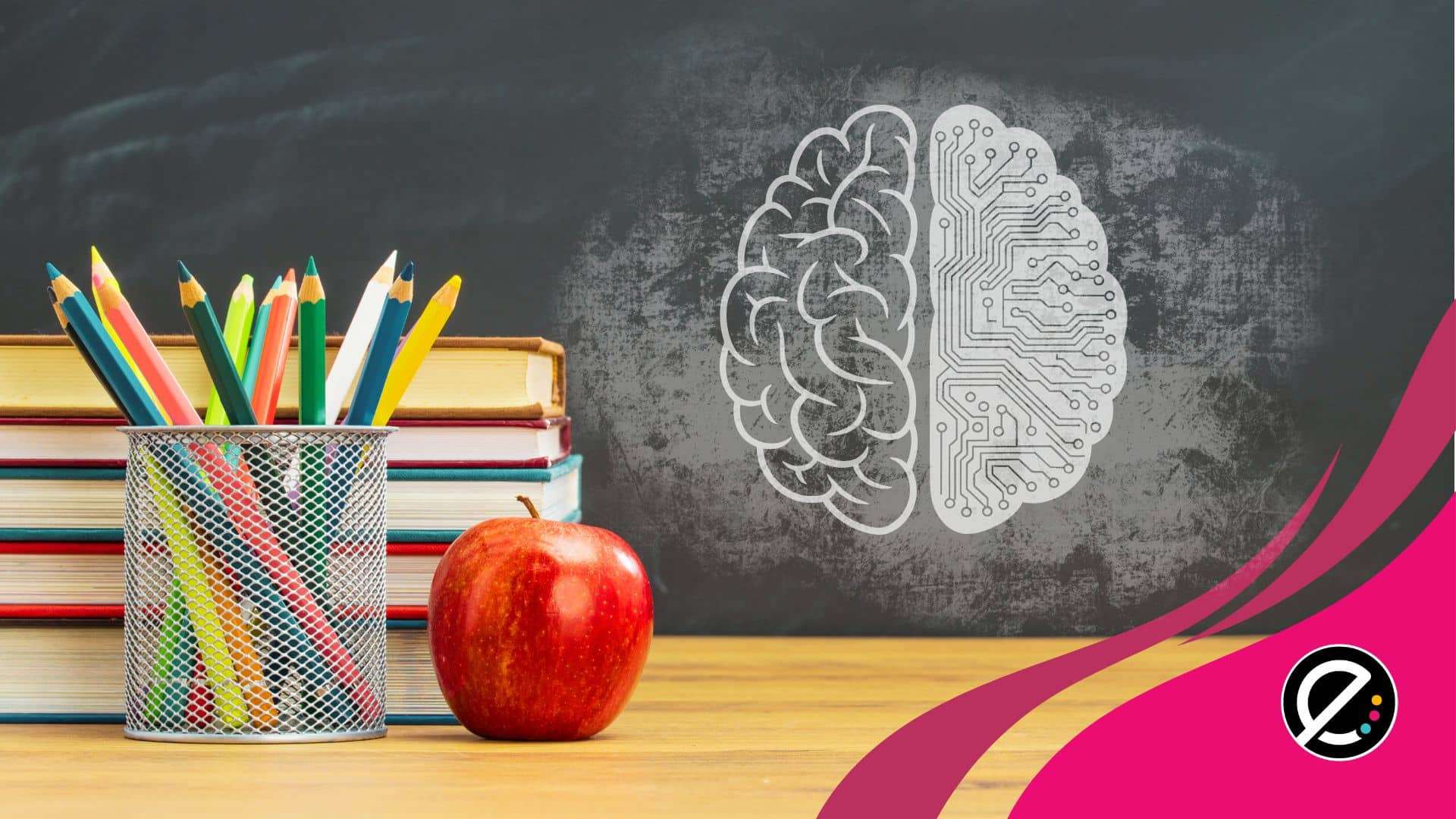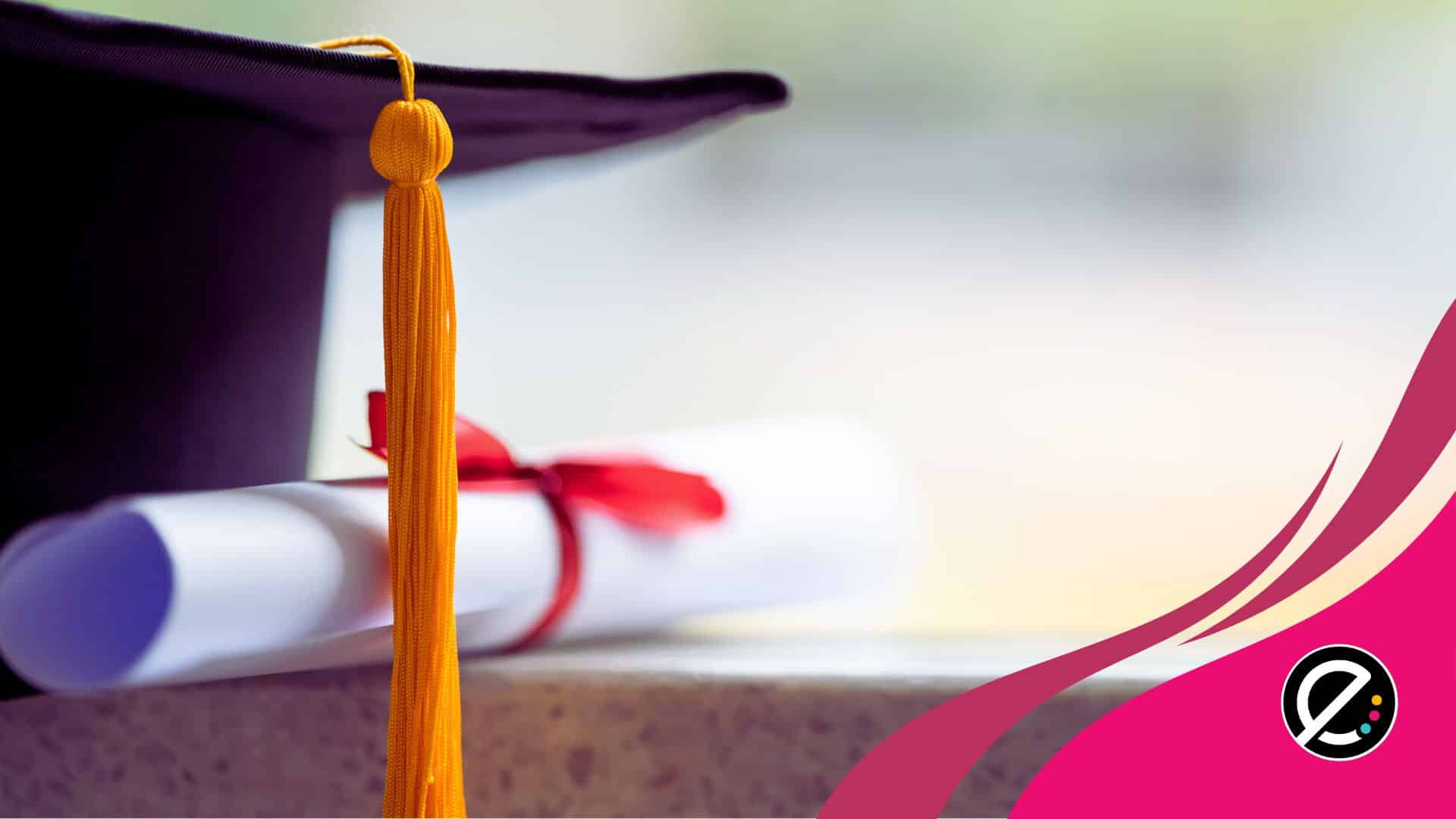On discute de l’approche maker et d’innovation sociale avec Ann-Louise Davidson, professeure en technologies éducatives et détentrice de la Chaire de recherche en culture maker à l’Université Concordia.
À la recherche d’innovation sociale, Ann-Louise s’est intéressée à ce qui se passait en communauté, dans les lieux informels. En découvrant les makerspace, elle a compris que ces espaces qui visent à fabriquer avec ses mains, à s’engager dans une activité qui implique des objets actuels répondaient à un besoin en éducation. Après plusieurs expérimentations, Ann-Louise en est venue à créer un écosystème comportant divers points d’entrée et permettant à des personnes d’horizons variés de s’épanouir dans l’approche maker.
« L’accès à l’information est un changement de paradigme qui vient bousculer le rôle de l’enseignant » – Ann-Louise Davidson
L’intérêt principal d’Ann-Louise repose dans la création de communautés autour de l’approche maker. Elle veut faire habiter les makerspace afin que toutes et tous – parents, grands-parents, voisins – sentent que cet espace leur appartient.
Des exemples de makerspace dans la communauté
Dans cette entrevue, Ann-Louise présente deux initiatives menées dans des contextes communautaires :
La première est le Milieumake, un makerspace créé à l’intérieur du plus grand centre de recherche-création au Québec (institut Milieux) visant à créer des ponts entre l’espace académique l’espace communautaire ainsi qu’à faire émerger le dialogue autour de problématiques communes.
La deuxième initiative est le makerspace du chalet Kent, une maison des jeunes située dans le quartier Côte-des-Neiges. Développant le pouvoir d’action des jeunes, cet espace a été créé à partir du tissu social et permet de réaliser une foule de projets entrepreneuriaux tout en favorisant le sentiment d’appartenance des jeunes et des adultes.
Et le secteur scolaire?
Ann-Louise ne croit pas que chaque école doit se doter d’un makerspace puisque cela nécessite beaucoup de ressources et d’entretien. L’idéal à ses yeux serait de réaménager le temps d’enseignement afin d’ouvrir des tiers moments, à mi-chemin entre l’enseignement et la récréation, lors desquels des personnes de la communauté éducative pourraient offrir temps et expertise, contribuant ainsi à l’éducation des jeunes. Et ce peu importe la tendance technopédagogique du moment (réalité virtuelle, intelligence artificielle, makerspace).
Finalement, Ann-Louise souligne que les technologies et les besoins sociétaux changent rapidement et qu’il importe de favoriser les liens entre l’école et la communauté et de permettre aux jeunes de réfléchir à ce qui se passe dans le monde.






